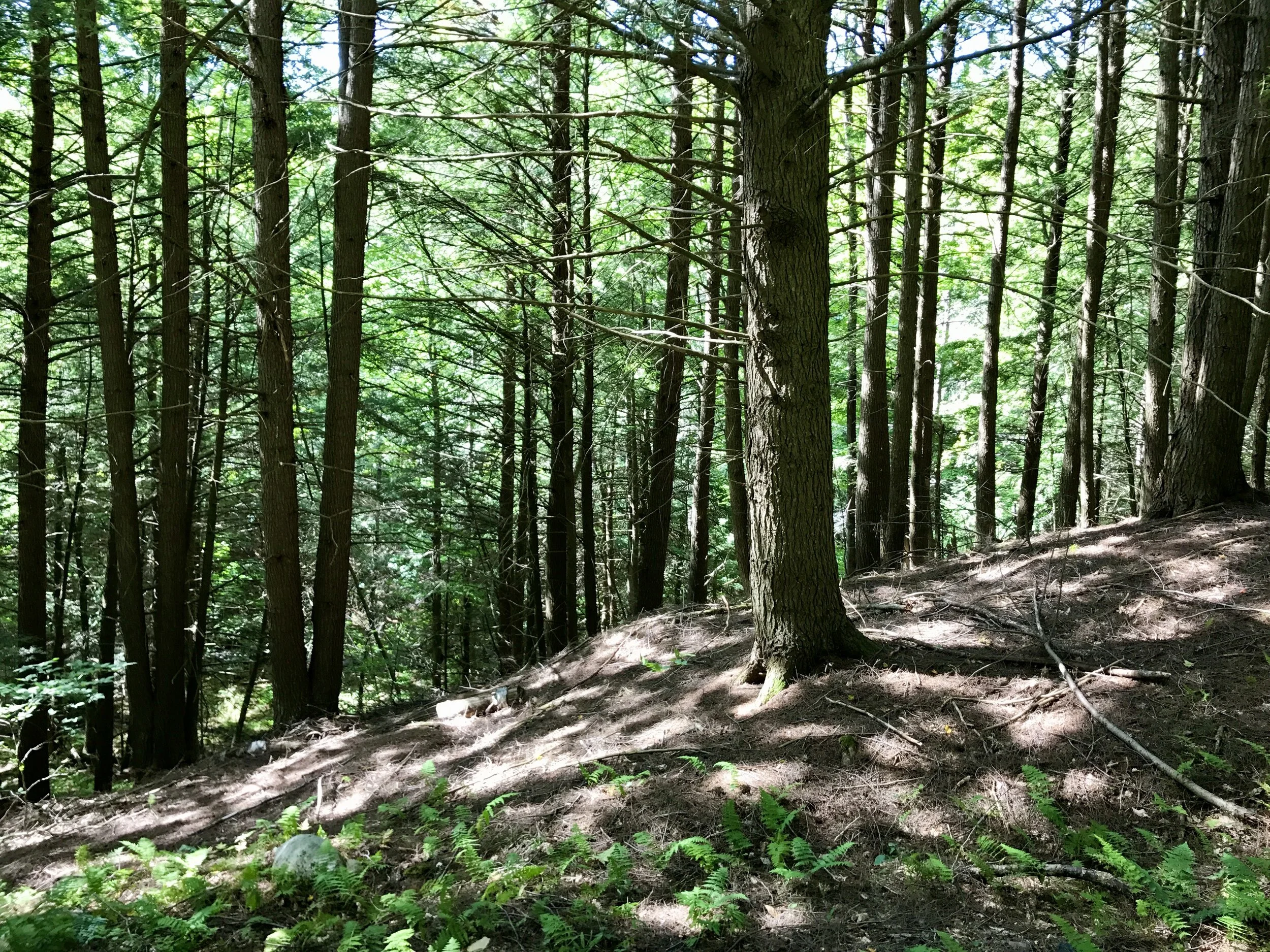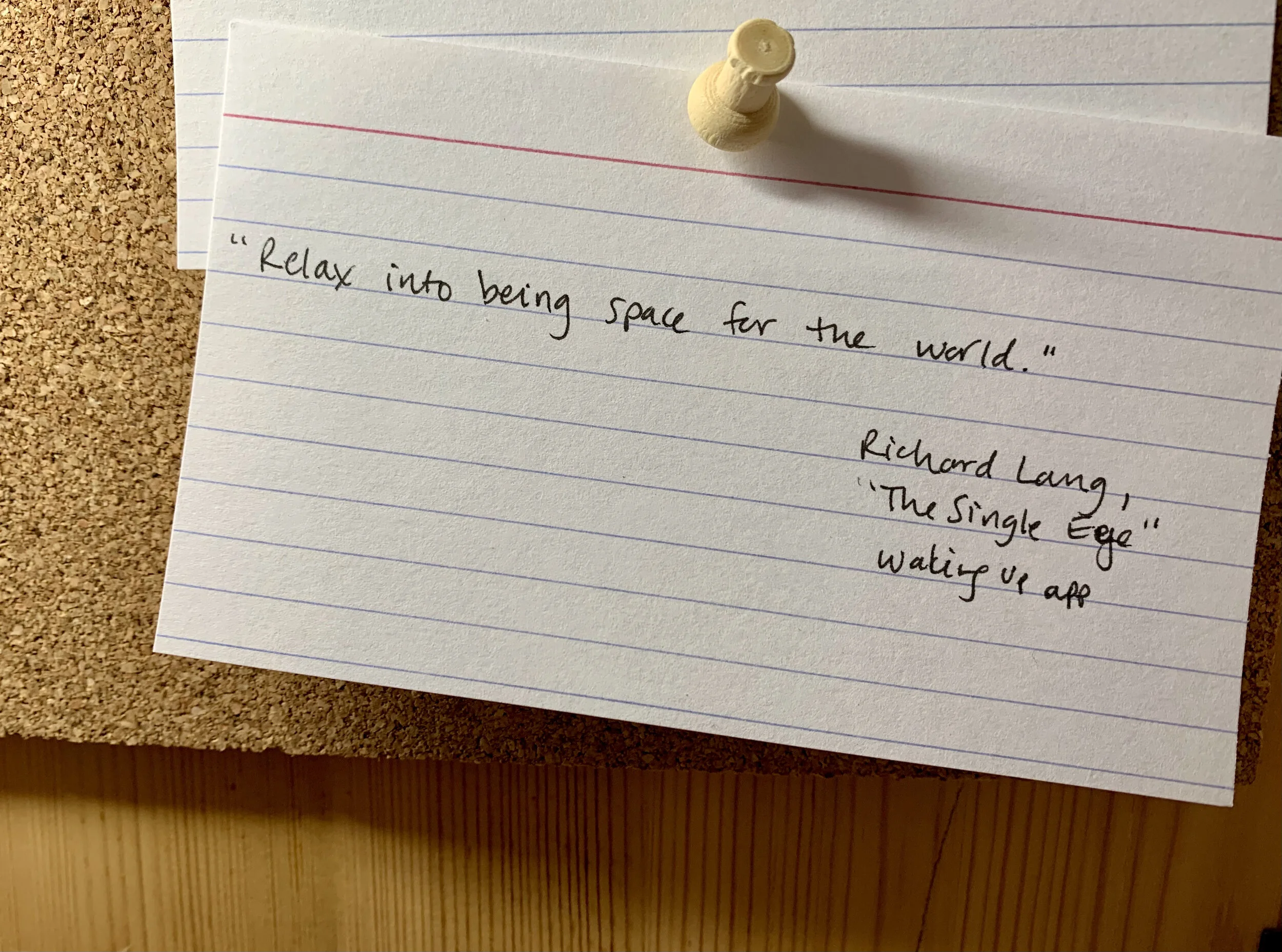I like the old Germanic throaty sound of the word and how vividly the abstract meaning clings to the physical slab at the foot of a door. I think of the New England houses of my childhood with giant blocks of granite instead of stoops outside the doors. Stepping up into or down out of a house high up on its stone foundation was significant, sometimes wobbly. A still stone sparkling sill said: this is the zone that’s both outside and in.
So many of our abstractions that have to do with mind, understanding, and perception still sink their roots into the physical world – the world of the body: (the hand) grasping a concept, (the hand again) reaching out to someone to get in touch, getting it, stepping up, facing up to it, and so on. Crossing a threshold is decisive: you were outside, and now you’re inside, in a new atmosphere, setting, context; or it is the point at which discomfort becomes pain, a drug flips from medicine to poison, a transformation occurs that can’t be reversed. In either sense, a threshold marks a change in consciousness.
In the word’s recorded history, centuries and perhaps millennia went by before the piece of stone or timber in a door transformed into an abstraction of transformation. The word appears – in slab form – in Old English and is associated with threshing. After the Boethius citation in the OED, solidly a doorway, nearly a thousand years pass before the word abstracts into a meaning closer to “level of intensity” or point which must be passed for an experience to happen.
Rituals are thresholds. I don’t mean ritual in the common sense of habit, not tooth brushing or pillow fluffing, but in the sense described by Keith Dowman in his introduction to the text ‘A Garland of Vision’ in The Flight of the Garuda: Tibetan yogis perform acts of “ritual magic” – which is an “application of the interaction between special environmental conditions and controlled mental states” (132). He’s describing the acts the monks perform, such as preparing the temple or making a mandala, that transform a place and prepare the mind for transformation. The transformative magic of ritual is a threshold.
Pass through this door and enter a different reality. Open one of Blake’s doors of perception. That’s what rituals do. You know when you’ve crossed the threshold. But do you know when you’re about to step over it? How do you know exactly where it is?
Thresholds can shift. I’ve been using Jud Brewer’s program, Unwinding Anxiety, and it has me noticing how simple it is to change the threshold of anxiety, to really look – or feel – into what we mean when we say “I can’t stand it.” When we say this about whatever experience we really don’t like, we’re standing unsteadily on a threshold, about to be blown over by a fierce wind that’s howling through the doorframe. But what is the wind? It’s our resistance to things being the way they are right now. And what is the threshold? Not a slab but the physical sensations associated with the fight-flight-freeze instinct – shallow breathing, racing heart, heat in the face, tightness in the chest. We can move the threshold by noticing these physical sensations as phenomena in our bodies, as flows of energy, and calm the wind by watching it very closely.
We can adjust the scale by stepping back: When are we in the woods? When we’ve crossed the road, crossed the line of ferns, stepped into denser shade?
Step back far enough, or come in close enough to experience, and thresholds drop away, or are everywhere.
Quote from: Keith Dowman, The Flight of the Garuda, Somerville, MA: Wisdom, 2003/2014.

